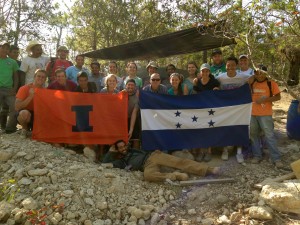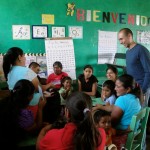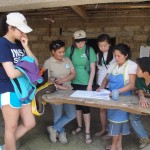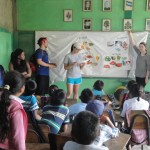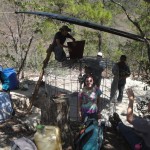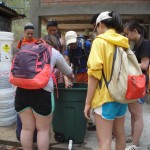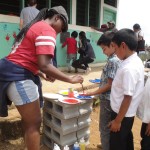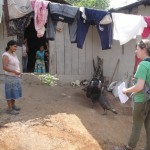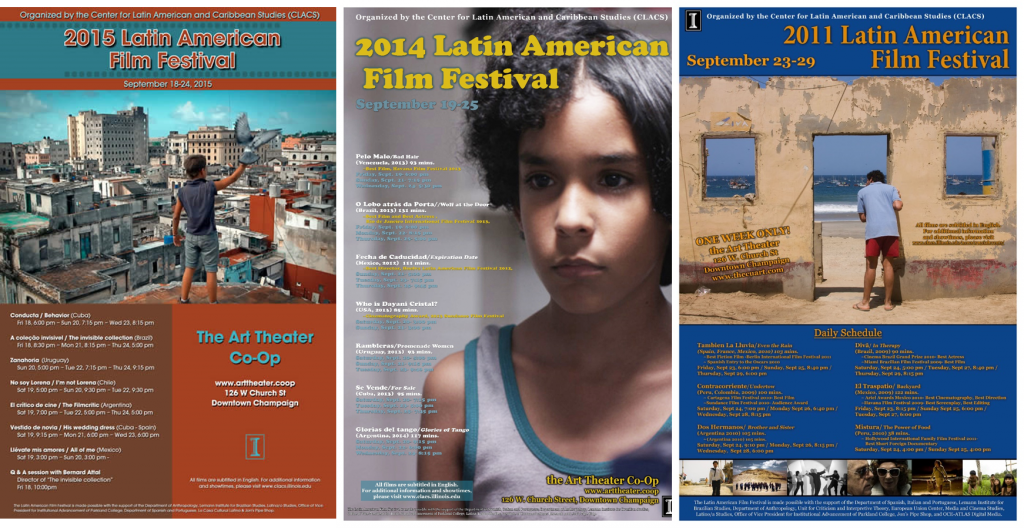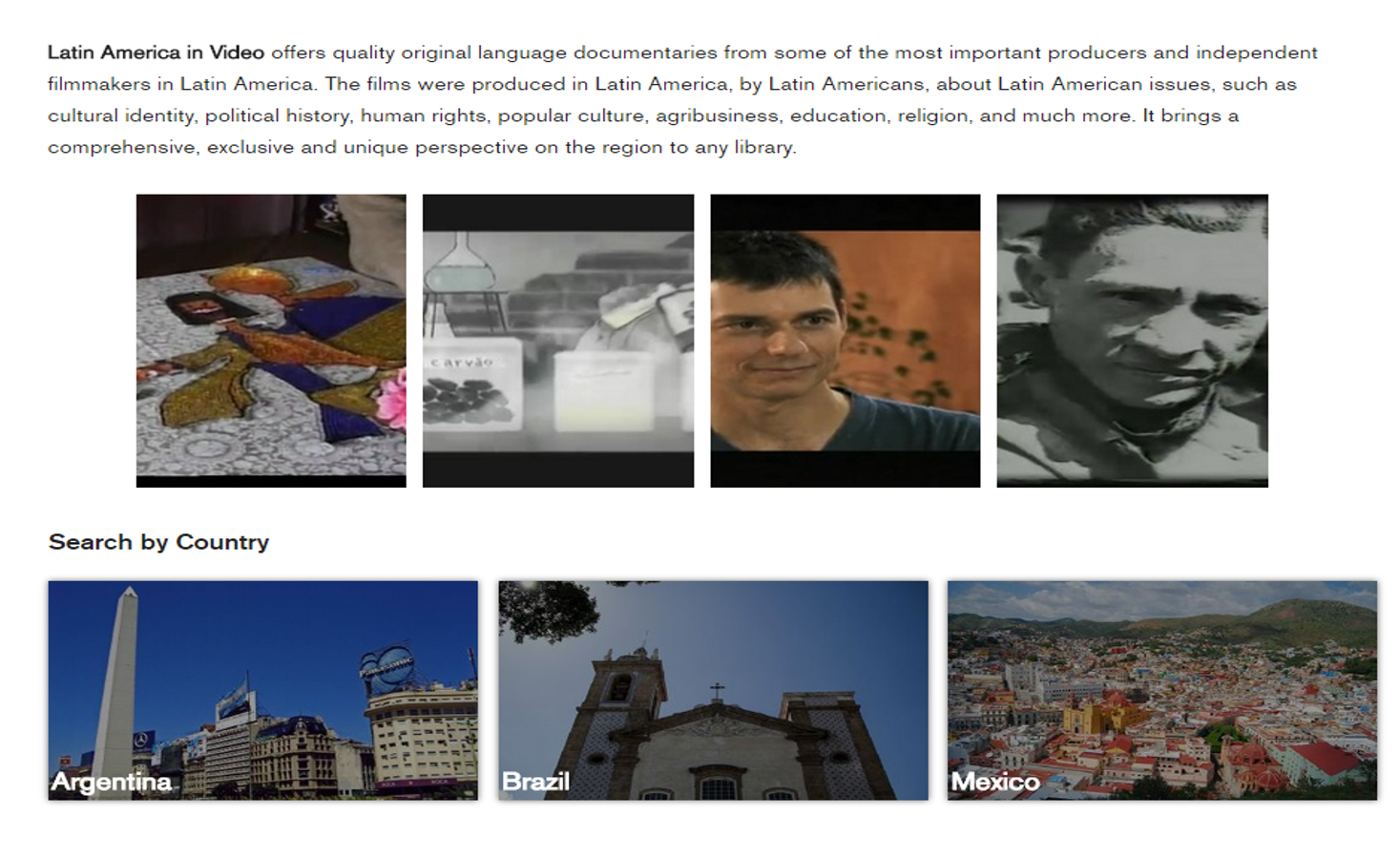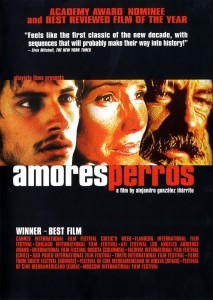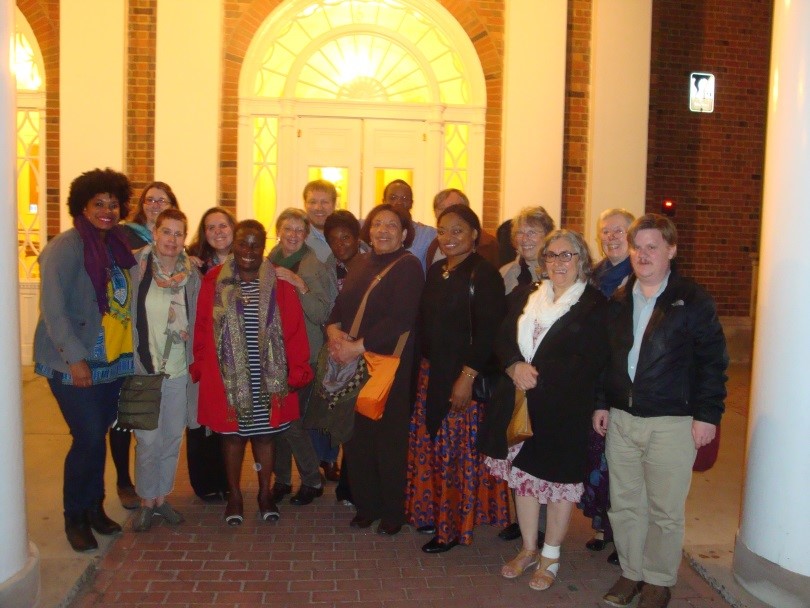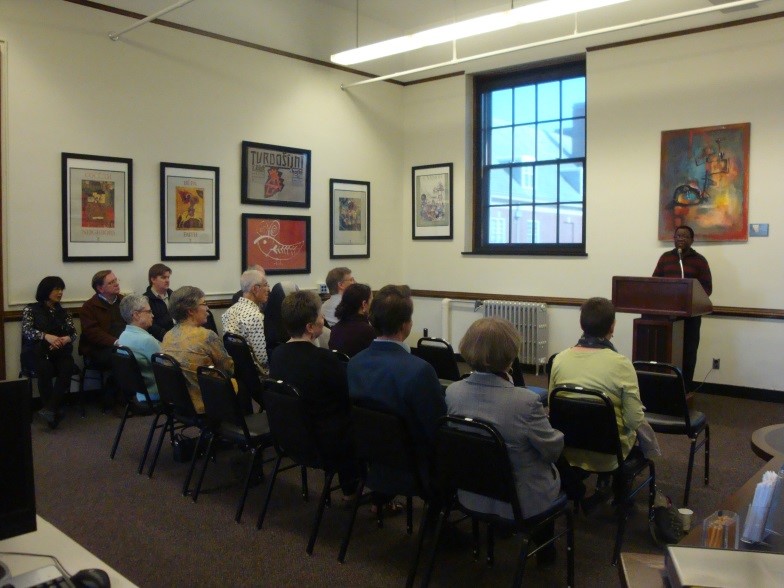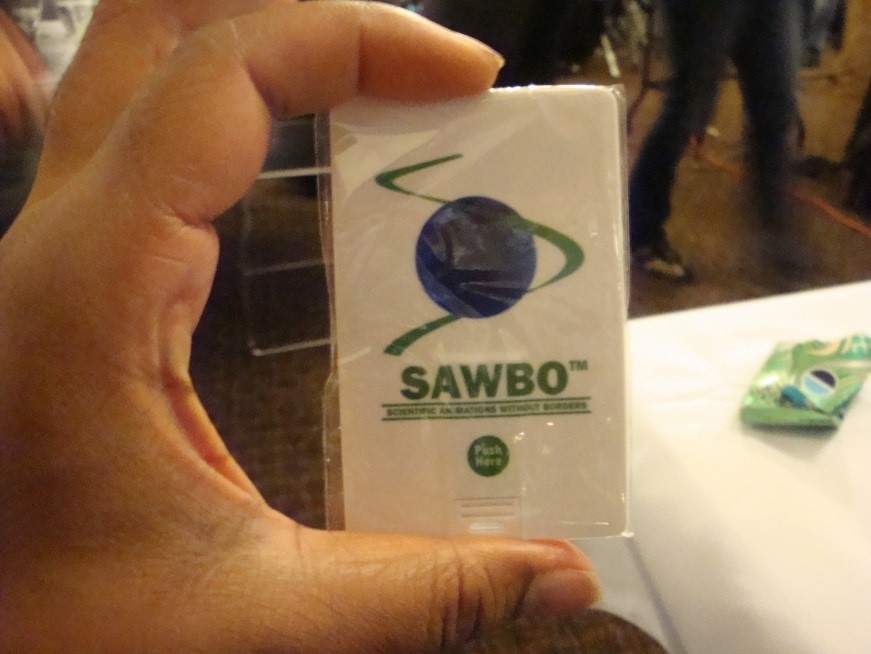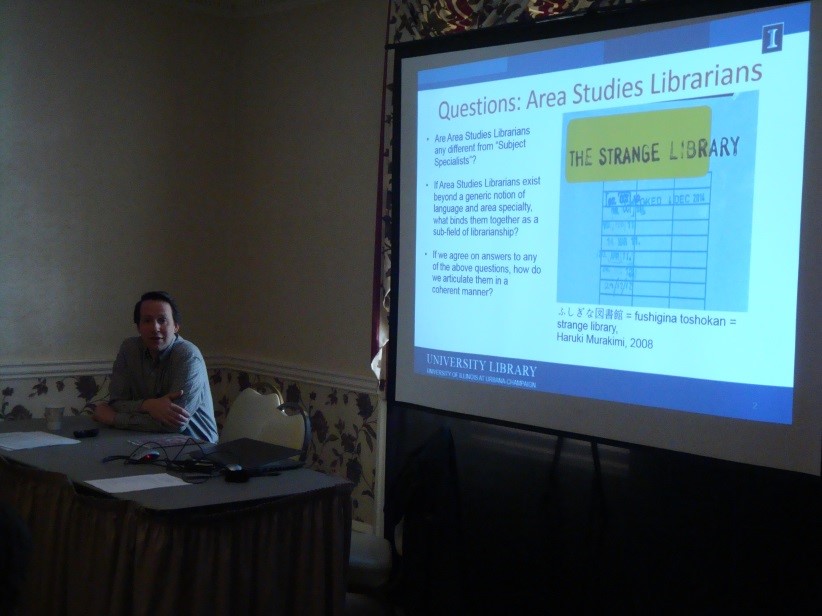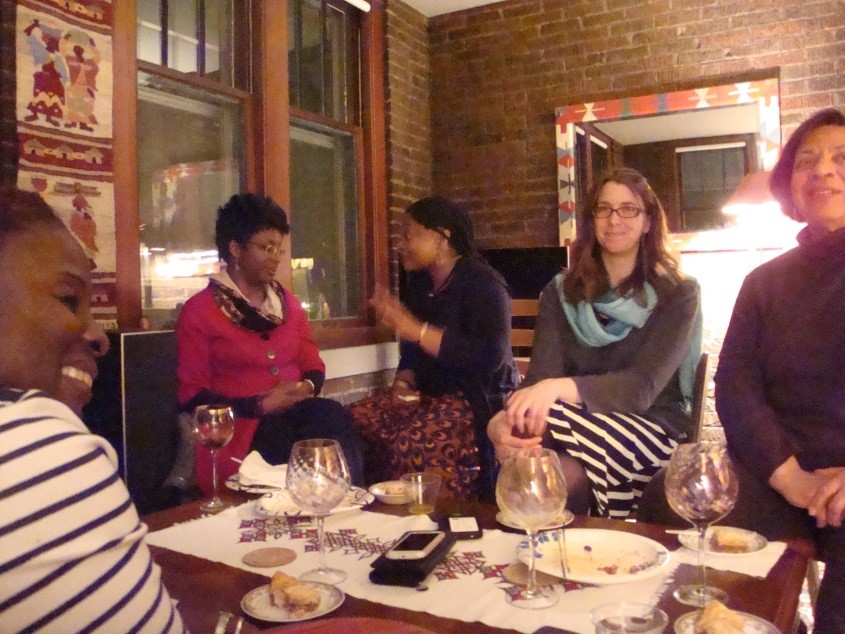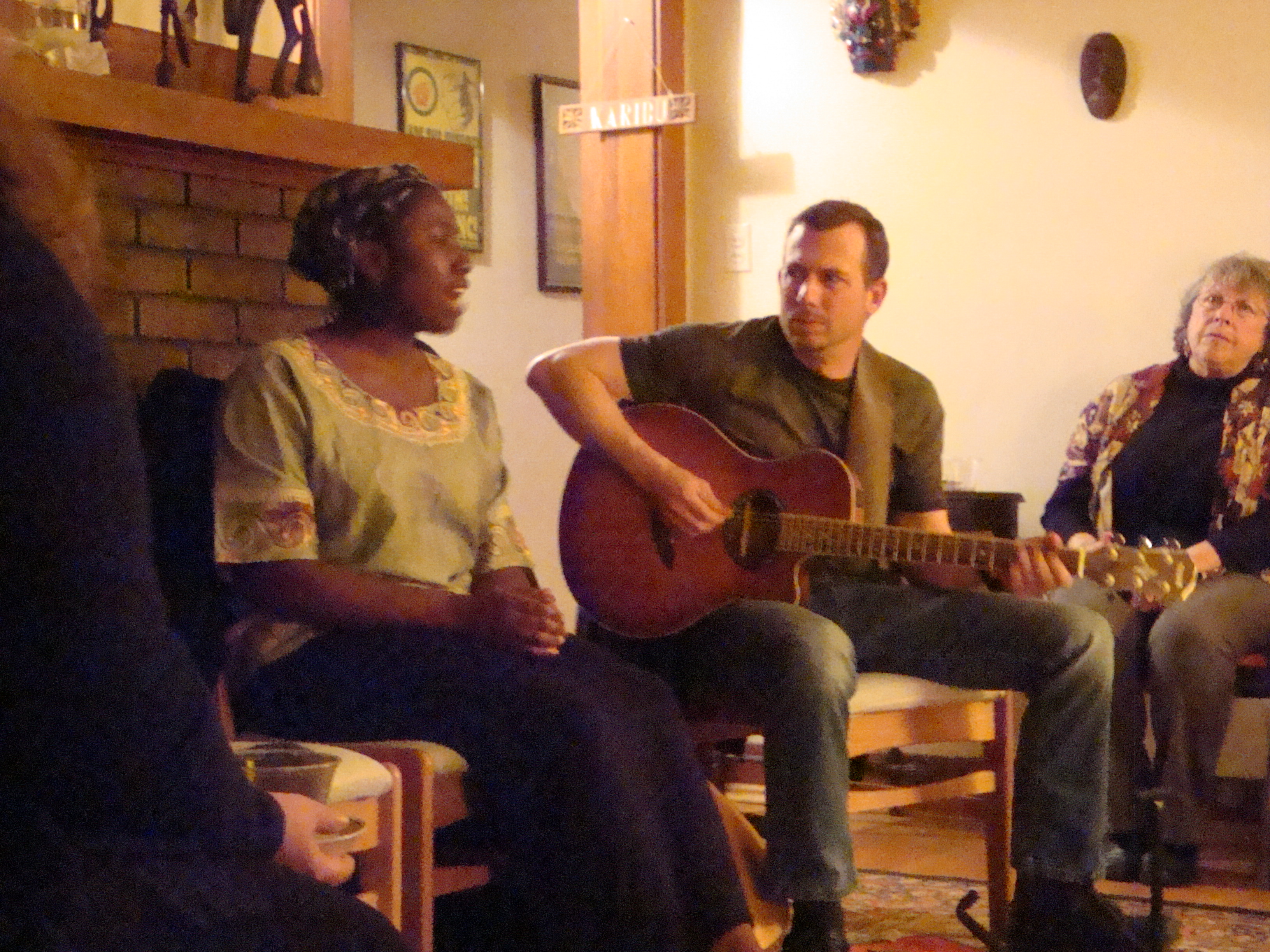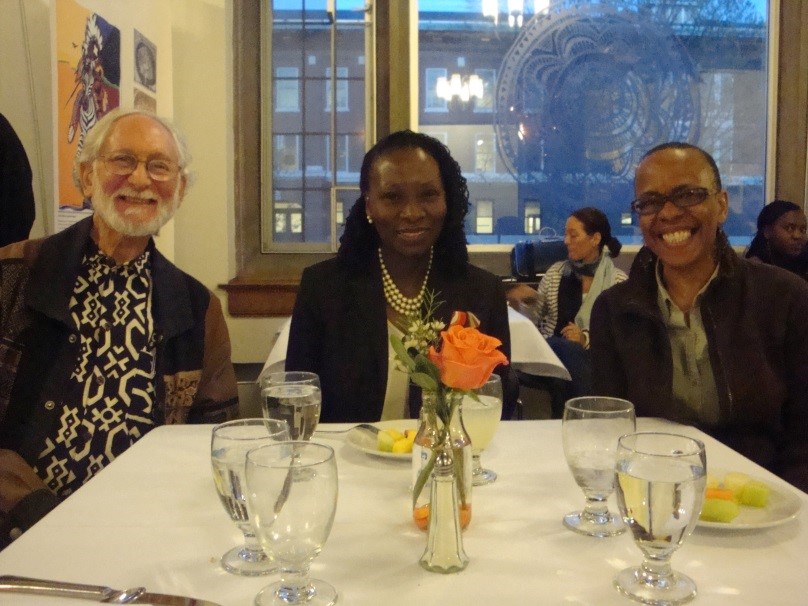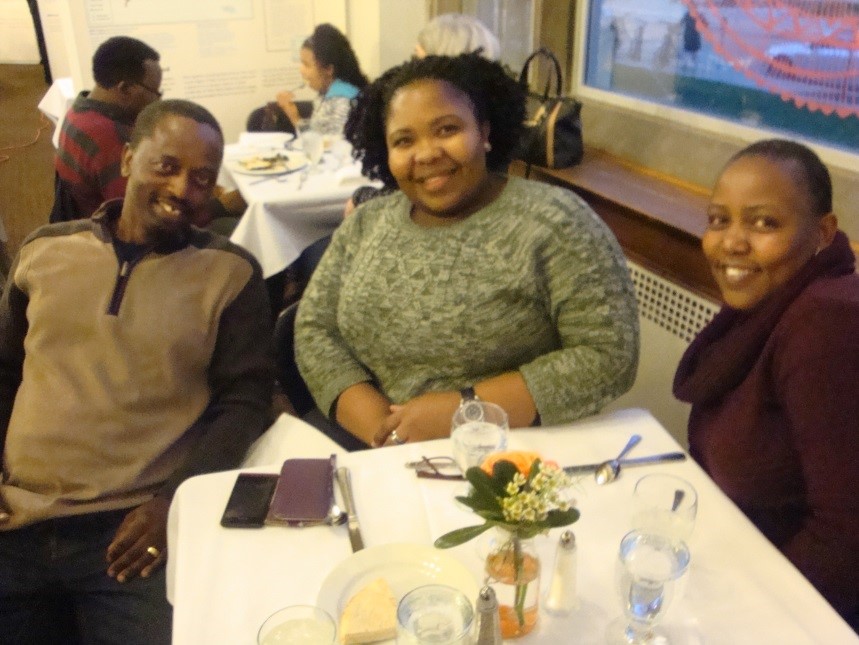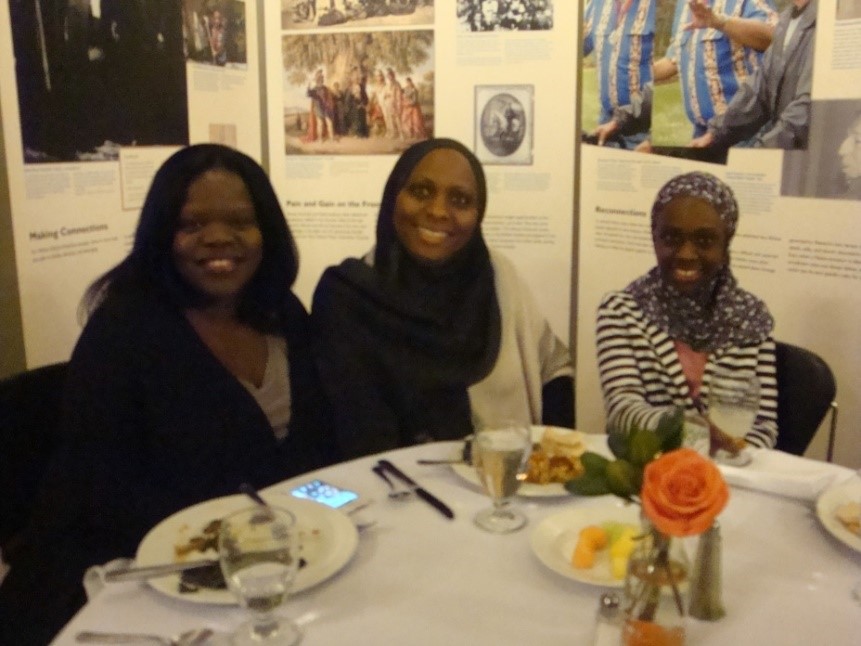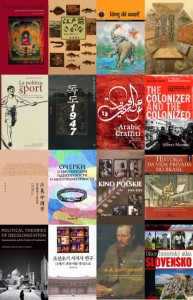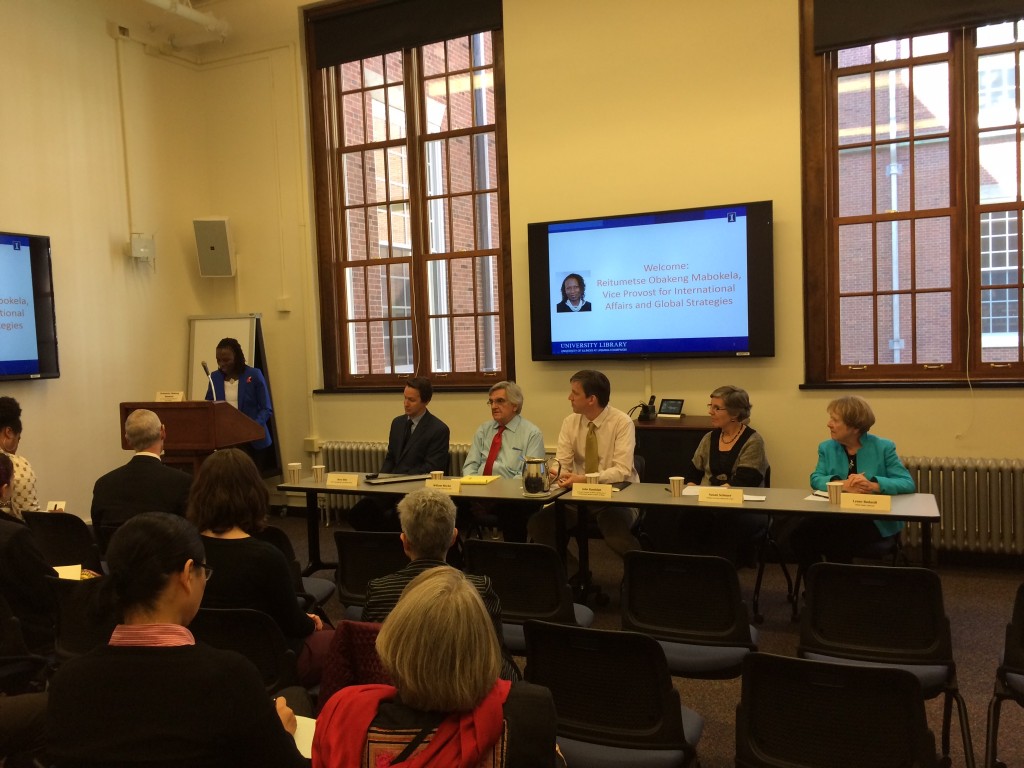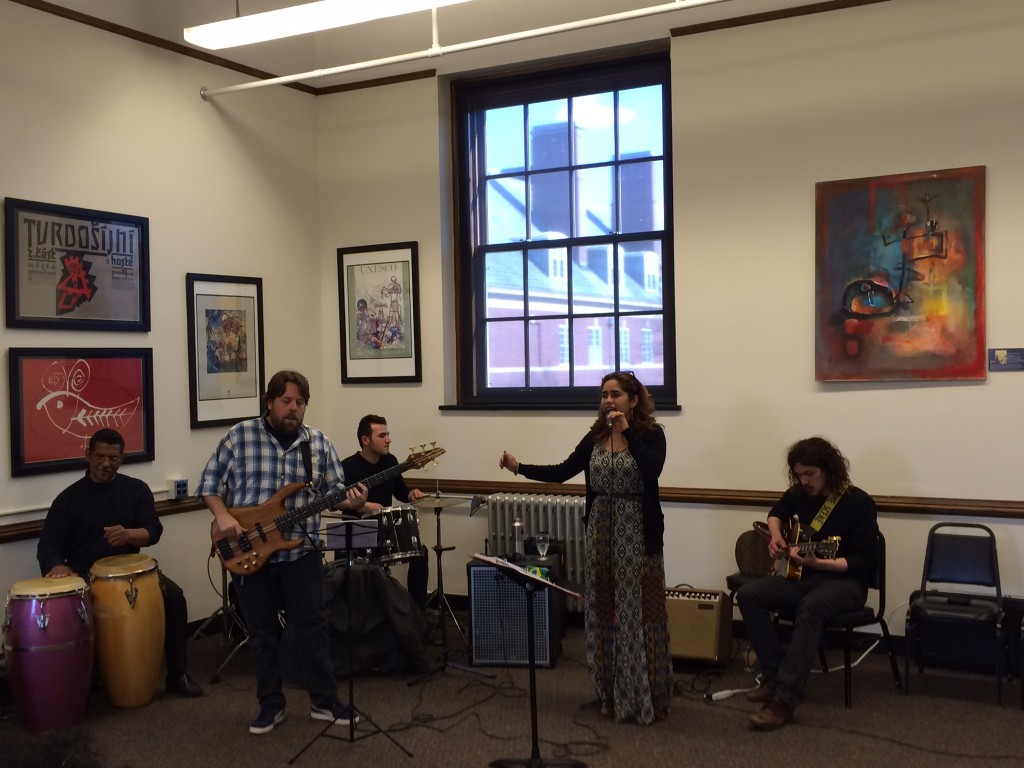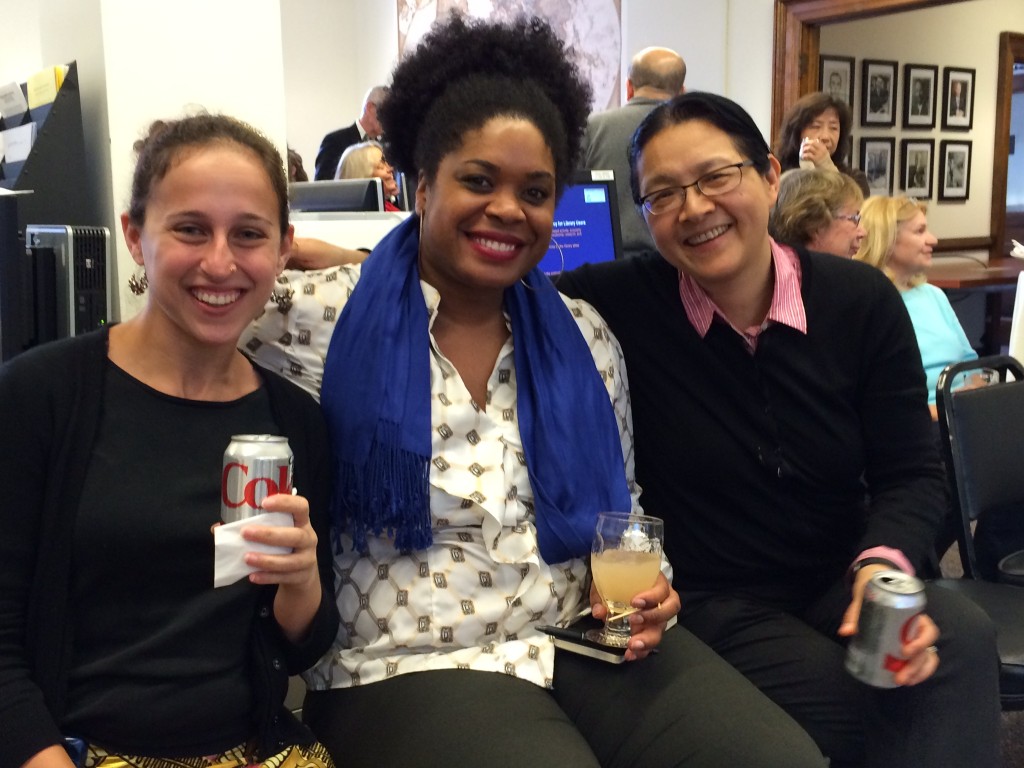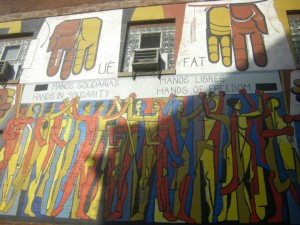The University of Illinois provides its students with many opportunities to learn about different countries and cultures, engage in international work and also learn through service-learning. One exciting opportunity for students at UIUC is a course that has been offered for the past 3 years. Supported by the College of Engineering, the Honduras Water Project gives students an opportunity to apply classroom learning to real-life work.
This course spans two semesters and includes the opportunity to travel to the Central American nation of Honduras. Working with a local NGO in country, students learn how to design a gravity-flow water distribution system while also learning how to ensure sustainability of the project. During the trip, students visit the specific community where the designed system will be implemented. They get to know the community as well as collect information to better meet the needs of its residents.
Ann-Perry Witmer, the course instructor, believes the Honduras Water Project is unique because of
“The interdisciplinary nature of it. It’s a fabulous opportunity for engineering students to broaden their understanding while collaborating with other students. Everyone is able to learn from each other while expanding their own understanding of the world.”
Honduras is a Spanish-speaking country located in the north-central part of Central America. It has a population of over 8 million people and the capital city is Tegucigalpa, located in the south-central region of the country.
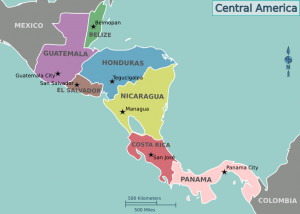
“Map of Central America” by Cacahuate, amendments by Joelf – Own work based on the blank world map. Licensed under CC BY-SA 4.0-3.0-2.5-2.0-1.0 via Wikimedia Commons
The Honduras Water Project course focuses on working with rural communities in Honduras, along with the help and collaboration of a local Honduran non-governmental organization, Agua y Desarrollo Comunitario (ADEC). ADEC is based out of Marcala, Honduras, but works in many rural areas, thus fostering its ability to provide support to the Honduras Water Project courses throughout the years. This NGO assists UIUC students throughout the entirety of the course because of its experience in water, sanitation, health, and hygiene projects in rural areas of Honduras.
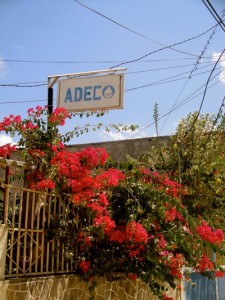
Picture of the ADEC sign in Marcala, Honduras – from a previous trip, posted on the course’s website
As mentioned above, the course is led by Ann-Perry Witmer, a practicing Civil Engineer and Teaching Associate with the College of Engineering at UIUC. Ann has worked on a number of international service projects and emphasizes the importance of understanding sociopolitical and cultural influences while working on contextual engineering designs of a project as well.
When asked what she would like the UIUC community to know about the course, Ann responded, “These opportunities exist to step outside your own comfort zone and learn from others while sharing your own knowledge.” Also, that because of this class “we’re redefining how international service is done, to make it more sustainable and more recipient-focused.” Furthermore, “At the root of courses like this is the focus of building respect for the developing world – and appreciation for how large it is – and then how much we can learn from them.”
This course is not reserved only for engineering students. Rather, it incorporates students from all departments and disciplines who then come together to work through every step in the process of understanding the problem, creating a contextual design, and working hand-in-hand with the community.
I am enrolled in the course and have had the great opportunity to work with students from all levels and all departments throughout the semester. Currently I am a second year graduate student in African Studies at UIUC. I have spent time working with an NGO in East Africa on a water project, installing shallow wells for clean drinking water in rural communities. With this experience, my passion for water was born. I realized how extremely important water is; that water is life. While pursuing my degree in African Studies here at UIUC, I have taken courses in health, urban planning, and engineering that have all complemented one another and helped to provide me with a more holistic view of international service projects. I am excited to have found a class that takes an interdisciplinary and holistic approach to an international service project and I’m glad that I can share my experience working in East Africa with everyone working on the project in Honduras.
This course is divided into two different semesters. The fall semester of the class is focused around preliminary design work and also how to incorporate a holistic view of the project, including emphasis on the technical, social, and political components of the project. The spring semester will be focused more on the finalization of the design as well as grant-writing to fund the project. We are currently continuing preparations for our trip to Cerro Verde, the community that we will be working on the design with.
A group of students and alumni mentors (students from previous years) will be traveling to Cerro Verde, Honduras from January 7-17, 2016. While there we will be doing a number of things, including household surveys, water-quality testing, health and hygiene education, and also on-site collaboration with ADEC, the community members, and the local water committee.
- Collaborating with the community members on a previous trip — photo by Ann-Perry Witmer
- Working on the conceptual design on a previous trip — photo by Ann-Perry Witmer
- Providing health education to community children on a previous trip — photo by Ann-Perry Witmer
- Beginning construction of a tank on a previous trip — photo by Ann-Perry Witmer
- Continued construction of a tank from a previous trip — photo by Ann-Perry Witmer
- Inspecting a model water filter during a previous trip — photo by Ann-Perry Witmer
- Creating a mural on the school wall with children from the community — photo by Ann-Perry Witmer
- Conducting household surveys on a previous trip — photo by Ann-Perry Witmer
For the final project of this semester, the Honduras Water Project class will be giving a conceptual design presentation to discuss what we have accomplished in the course this fall, as well as what our plans are for the trip in January. This presentation is open to the public, in the hopes of raising awareness of the project, and will take place on Tuesday, December 15th at 7pm in Deere Pavilion. All students, faculty, and community members are welcome to attend.
I will also be doing a follow-up post this spring, detailing what was accomplished during the January trip, as well as how the design, funding search, and future implementation plans are going.
This is the third project in three years for Honduras Water Project. For more specific information about the past projects, visit the Honduras Water Project website.
When asked about the future of the course, Ann-Perry Witmer responded,
“This is just the start. We have a course this spring that is building on Honduras Water Project by researching the impact that engineering design has on communities. I would like to see it to continue to grow on an understanding that any discipline involved in international development can benefit. An interdisciplinary approach needs to be more widespread. And it will only make engineers stronger.”
To get access to more posts like these, follow our Facebook page and be sure to check back in January to learn about my experience in Central America!



